The Heart.
Have you ever wondered what your heart does? Does it contain your soul, where all the heat in your body comes from, or is it simply just an organ that pumps blood?
This question has been pondered and answered many times across history. Everyone has had a different answer but overtime we’ve built on old answers to have are current understanding of the heart.
In this web page, we’ll explore the evolution of our knowledge of the heart through the ages.
Ancient Egypt
In Ancient Egypt, the heart was the center of our thoughts, emotions, and nervous functions. Furthermore, it was recognized to control the whole body and every limb.
It was so valued that it needed to be untouched after death so that it could be judged by the god Maat
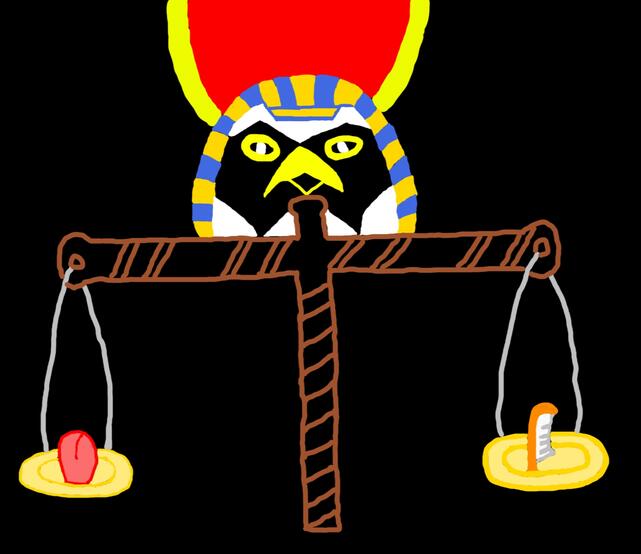
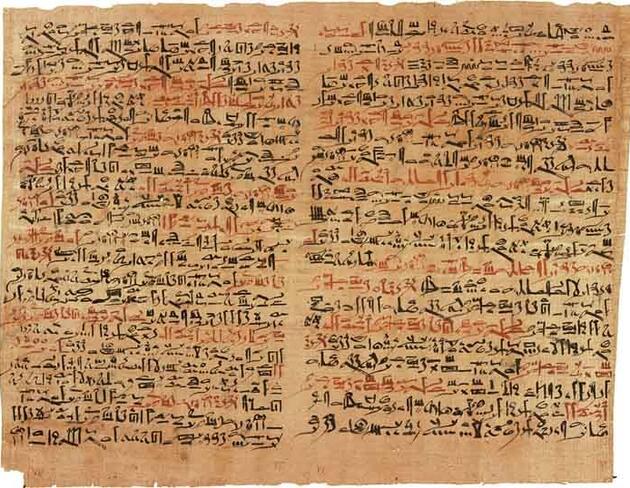
The Ebers Papyrus
Even though the heart had multiple religious implications, they also recognized the anatomy behind it.
They recognized that the heart had a pulse and almost close to understanding the heart was used to pump blood into multiple vessels in a circulatory system.
In the Ebers Papyrus, that dates back to 1550 BC, is one of the first know medical treatise on the heart. It talks about the heart being the source for the blood supply and had vessels attached to it connecting it to whole the body.
Ancient Greece
In Ancient Greece, the heart was considered the seat of the soul and the most important organ, and the controlling factor behind multiple things from intelligence to sensation.
Ancient Greece took what was learned from the Ancient Egyptians and delved deeper into it. They began to count the pulse of the heart and discovered the heart to be a circulatory system that pumps blood throughout the body.
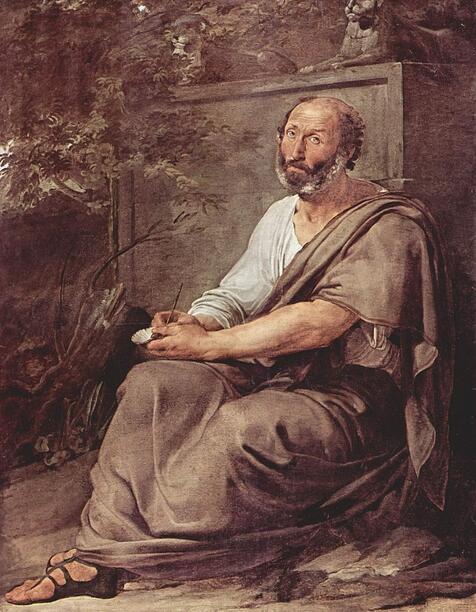
Furthermore, through findings by Aristotle in “De Partibus Animalium”, Aristotle would propose the heart was the source of heat and the other organs in the body existed to cool it.
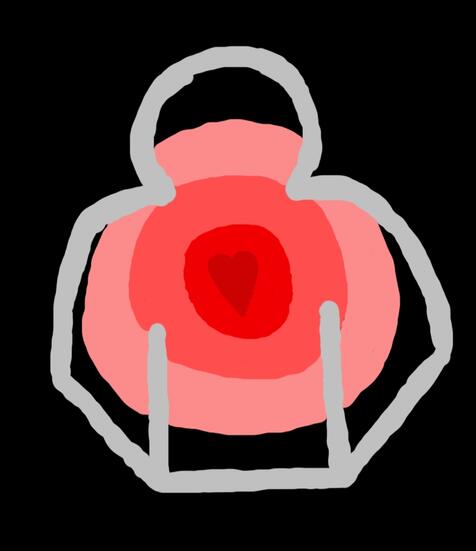
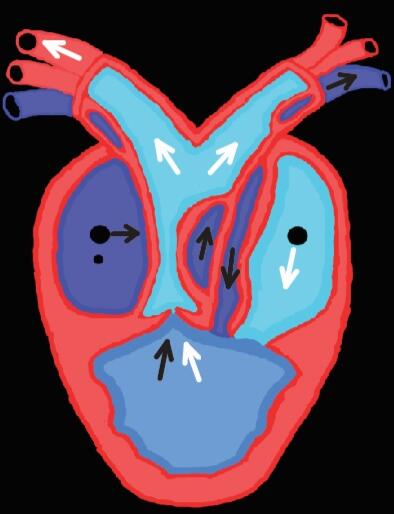
Aristotle also noted that the heart had to be a three-chamber organ that was vital to life, and his teachings would dominate the medical world for centuries to come.
Middle Ages
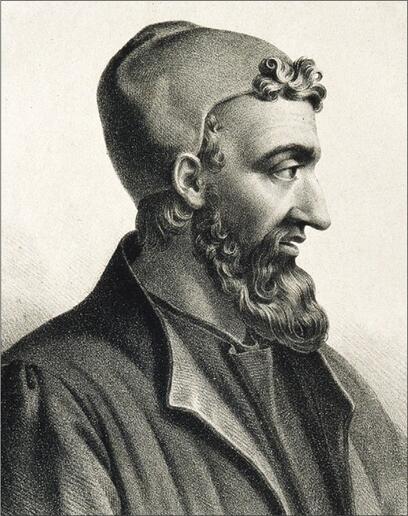
Aristotle’s teachings on the heart dominated the medical world, until 200 AD, when Galen published his
treatise, “On The Usefulness of the Parts of the Body.”
Galen reaffirmed the beliefs of Aristotle and the Greeks that the heart was the source of the body’s heat and the organ closely related to the soul.
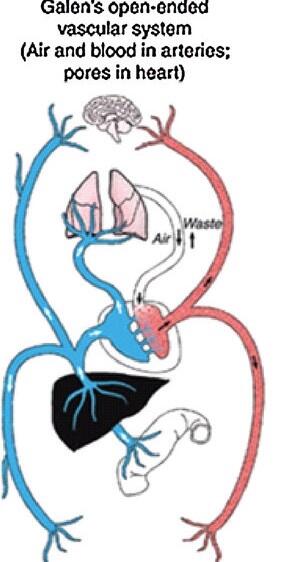
Yet, Galen refuted the claims that the heart was a part of a circulatory system. In Galen’s view, it was a part of two separate one-way systems where it generated arterial blood and distributed it to the body and would regenerate more to continue the cycle.
Renaissance
Up until this time, people like Aristotle and Galen were unable to dissect human bodies due to religious authority and forced to dissect animals to get their findings.
However, once the Renaissance was in full effect, the Church began to allow people to perform human dissection and finally understand what was inside the body.
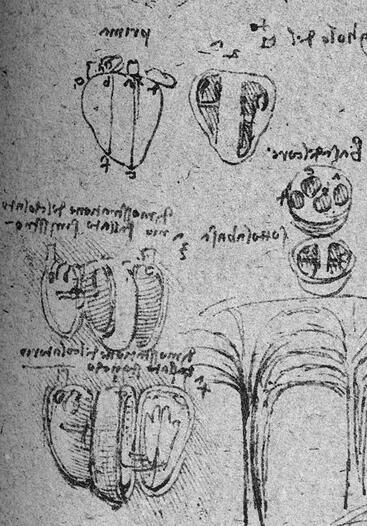
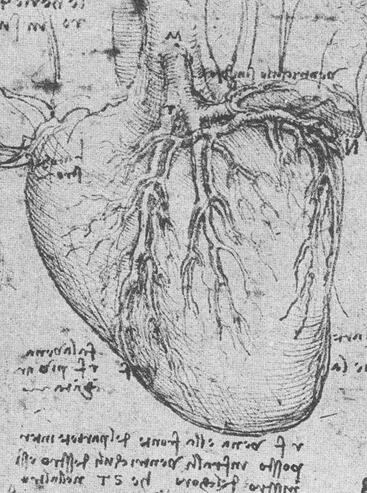
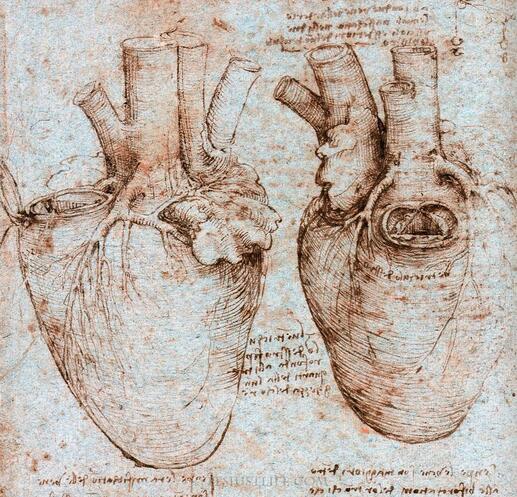
Leonardo Da Vinci dedicated multiple drawings on the heart and accurately depicted the function and design of the heart.
Da Vinci correctly stated that the heart is a muscle, that didn’t warm up the blood like previously stated, it had 4 chambers to it, and that the heart valves opened and closed due to the blood flow in the main aorta artery.
Even though Da Vinci’s work wasn’t published until decades later, Andreas Vesalius published his De Humanis Corporis Fabrica, which openly refuted the teachings of Galen, clearing the way for more discovery in the future.
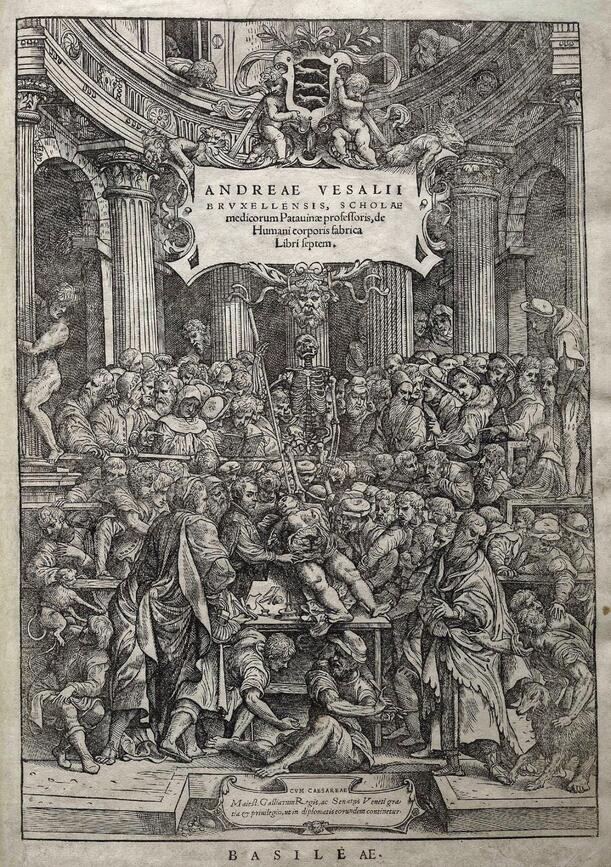
Early Modern Era
William Harvey continued Vesalius legacy of debunking Galen and would help fully establish our modern understanding of the human heart.
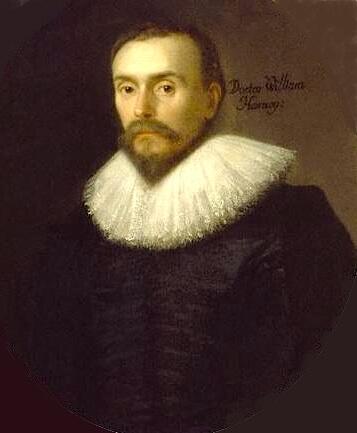
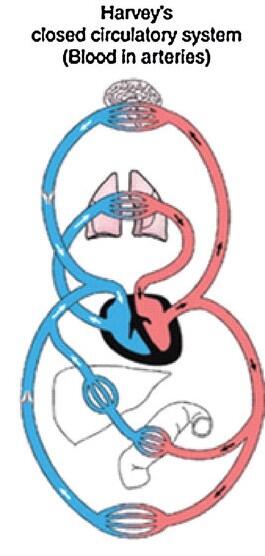
Through multiple testing and researching experiments, Harvey determined that the heart was the engine of a circulatory system, and not the liver as previously believed. This system went into a circle with the heart constantly pumping blood for it.
Furthermore, he discovered that the heart did its job through the arteries and veins circulating blood throughout the whole body, including the brain.
Post Modern Era
The work of these multiple physicians and many more has helped shaped our knowledge today on the
heart.
Today, we know that the heart is a muscular organ (generally the size of the closed fist of its owner) composed of 4 chambers (atria and ventricles) with 3 layers (epicardium, myocardium, endocardium) which are all encompassed in the pericardium.
Furthermore, we know the right side of the heart receives deoxygenated bloods and sends it to the lungs. The left side of the heart pumps oxygenated blood to the rest of the body
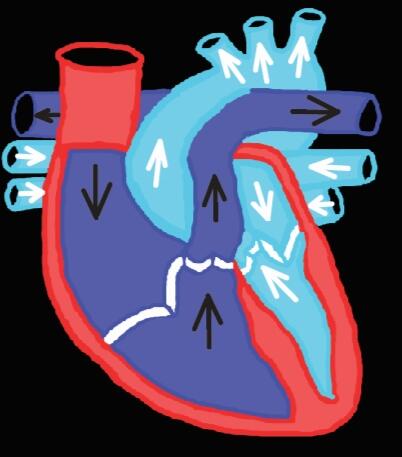
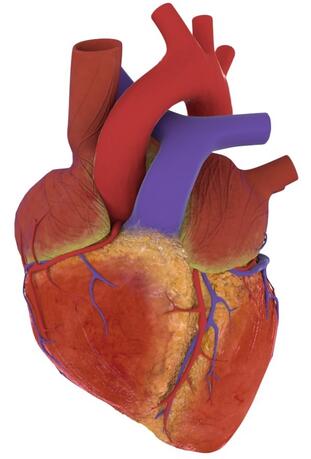
We also know the heart has 4 valves, aortic, mitral, pulmonary, tricuspid. All 4 valves together make sure the blood flows in the same direction.